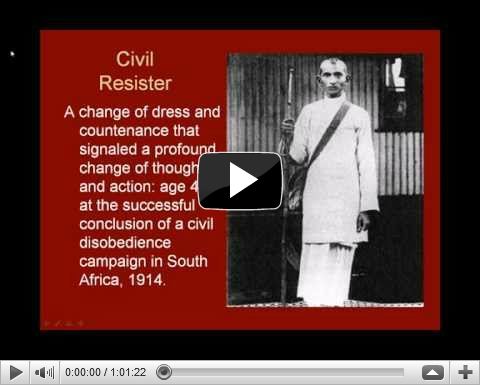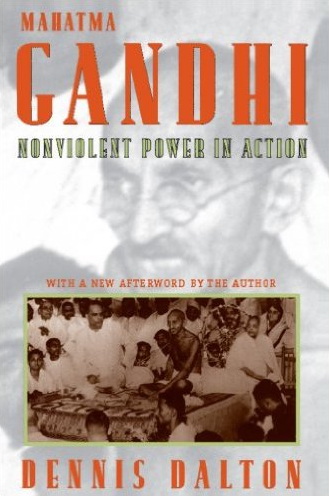
Gandhi’s Journey and the Power of Nonviolence (webinar)
In this webinar Dennis Dalton, Professor Emeritus at Barnard College, Columbia University, examines the stages in Gandhi’s life as a political theorist and activist, beginning with his birth into an orthodox Hindu family and his observance of the traditional Hindu ideal of nonviolence (ahimsa). The webinar looks at Gandhi’s initial emulation of British culture and loyalty to the British colonial government in India (the Raj), followed by his subsequent disillusionment after an experience with racist rule in South Africa. Gandhi’s campaign of mass civil disobedience against white apartheid shows him as an ultimate strategist in terms of his use of the media and mobilization of hitherto unpoliticized groups. Furthermore, his talents as a brilliant nonviolent strategist are exhibited through the case of the salt march and satyagraha, which are examined in depth. After the Amritsar massacre of 1919, Gandhi, in a spirit of forgiveness rather than retribution, moved to consolidate the last stage of his development, when he broke through narrow, exclusivist separatism to a broad, inclusivist embrace of human unity in a mature spirit of nonviolence. The context and meaning of each of these stages lead us to ask the question: what led Gandhi, when Indian terrorists demanded that he resort to their methods in the face of brutal British domination, to declare famously, “an eye for an eye and the whole world goes blind?” This is above all a story of an individual leader’s journey to humanity, discovering a politics of both nonviolent strategic actions as well as a true compassion together with a quest for personal and political liberation.
ICNC Webinar, May 12, 2011



